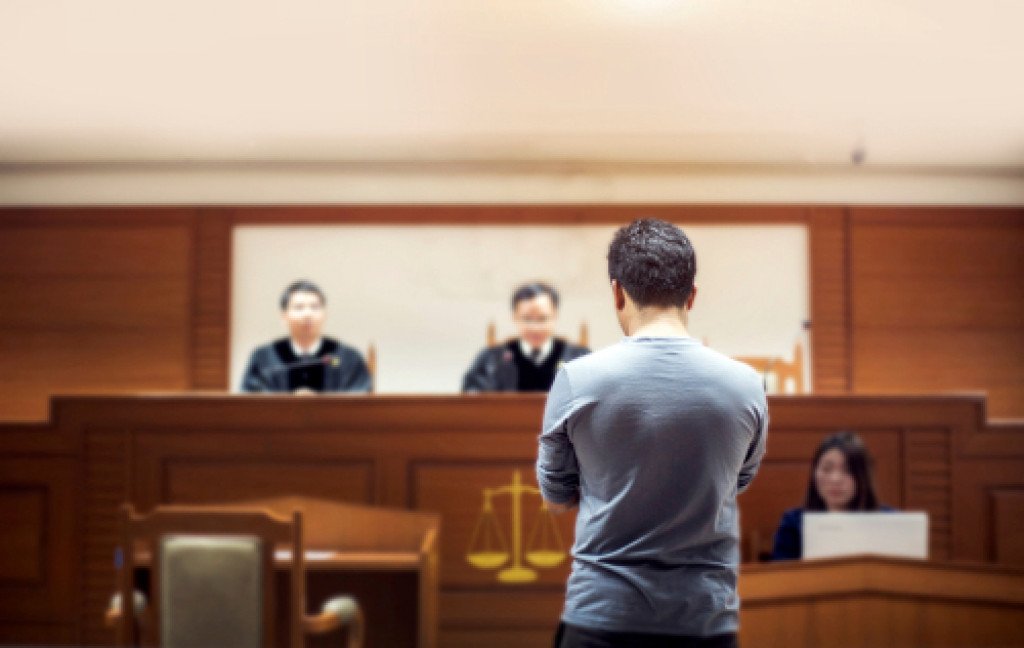The health crisis that’s sweeping across the globe has caused major disruptions, not just in trade and industry but also in the judicial system of different governments.
When the virus hit stateside and the government imposed social distancing and state lockdowns, the American courts were crippled as judges, lawyers, and defendants came to grips about how justice will be served while staying within the bounds of the pandemic’s public safety concerns.
Following the government’s announcement regarding the first few COVID-19 cases and the plans to cope with it, the country’s judicial system temporarily ceased its activities. Ongoing cases have been delayed, jury trials were discontinued, and other similar court affairs were adversely affected.
Different countries have responded similarly. According to Aljazeera, although the UK courts are closed, it still continues to hold hearings for urgent cases, including custody hearings. France has discontinued non-essential hearings but still hold proceedings for extraditions and other urgent criminal matters.
Italy, on the other hand, has temporarily shut down all of its courts and quite understandably so because it was the second nation that got hit really bad when the pandemic broke out.
Adapting to the Present Situation
Like almost everyone, the courts scrambled to somehow still make the judicial system operational despite the present health crisis.
There are far too many crucial cases for the courts’ operations to come to a grinding halt. Proposals such as the indefinite detention of suspects during this time are raising concerns among the public, especially the advocates of civil liberties.
Judges and other legal practitioners — such as attorneys, defendants, and courtside reporters — argue that the legal system should not be completely disabled during this season.
For this reason, sans the courtroom setting, certain legal procedures were carried out albeit in a virtual setting. Foregoing their typical courtroom setting, federal judges and attorneys are operating from their kitchen tables, home offices, and living rooms utilizing video and teleconferencing technologies to deliver justice to the people.
While this isn’t the most ideal setting, at this point, they are working with what they have on hand to do their jobs right.
At the time of writing, dozens of the U.S. federal courts have closed their doors and have lots of delayed trials. This health crisis has caused the largest disruption in the U.S. judicial system since the Spanish flu pandemic in 1918.
Reopening Gradually
After weeks of operating virtually, judiciary officials are now carefully planning to reopen courts after guidelines from the Administrative Office of the U.S. Courts were released.
The reopening process includes four phases:
-
Phase 1 – Courts are closed to the public, employees are working remotely, and essential proceedings are making progress inside the courtroom
-
Phase 2 – The number of on-site hearings can be increased incrementally, and staff can return to work under the condition that social distancing still be observed
-
Phase 3 – Larger public spaces can be opened, most in-person proceedings can be held, and social distancing should still be observed especially by those who are most vulnerable
-
Phase 4 – The courts’ full functionality is restored, provided that the government and public health officials declare the virus contained and suppressed
However, the AO advises that the courts yield to the counsel of the local authorities and seriously consider their recommendations.
Experts are saying that the coronavirus pandemic could very well permanently change the way the judicial system operates unless a cure is immediately discovered and we develop an immunity to it. Otherwise, we need to rethink the way we do things from here on.

